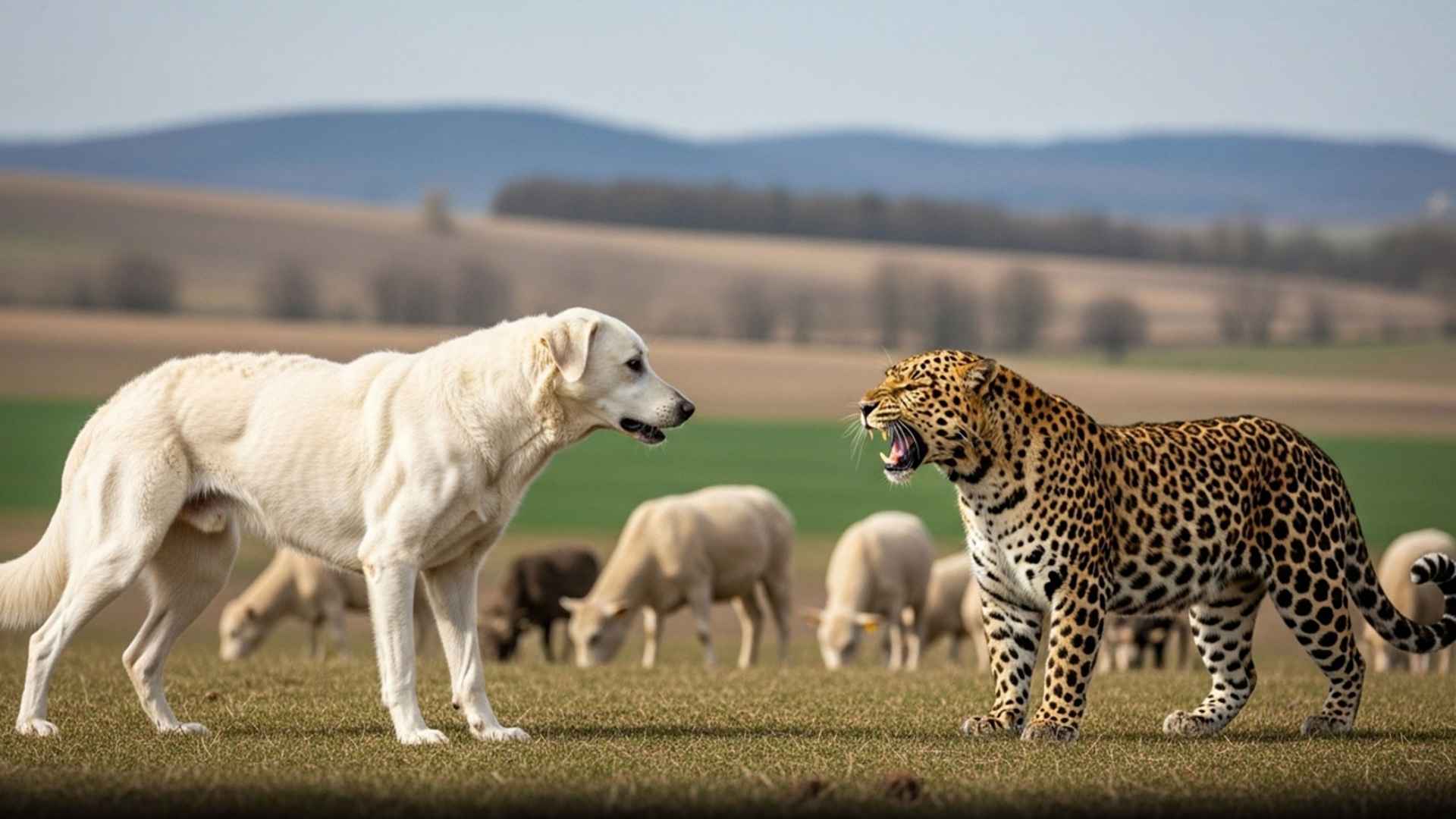For centuries, rural families lived with one constant fear: leopards. A single attack could wipe out goats, sheep, or cattle, leaving people without food or income.
Families built fires, raised fences, and stood guard, but nothing stopped the predators. The only true solution came from the dogs at their side. These weren’t ordinary animals but guardians bred for sharp instincts and unmatched bravery.
They watched the horizon, listened to every movement, and acted without hesitation when the danger came. Communities depended on these dogs to face what they could not. The dogs bore the risk, lunging at leopards with a loyalty no fence could ever provide.
In this article, we’ll look at the remarkable dogs whose very existence kept leopards at bay and saved countless herds.
Key Takeaways
In villages where a single leopard attack could end a family’s livelihood, dogs became the line of defense between survival and loss.
The Kuvasz and Pyrenean Mastiff patrolled rough landscapes, their size and vigilance turning fear into confidence.
Farther east, the Tibetan Mastiff and Akbash stood like living fortresses, striking when danger dared to close in.
By the time you meet the Anatolian Shepherd, you’ll see why these seven breeds were trusted more than fire or fence.
Dog Breeds That Protected Livestock From Leopards
1. Kuvasz

The Kuvasz has guarded flocks in Hungary for centuries, standing out as both a working protector and a companion of kings. Its snow-white coat helped it blend naturally among sheep, a feature that made the dog both visible to shepherds and reliable during night watches.
Agile Power on Patrol
Though large and imposing, the Kuvasz moves with surprising agility when danger approaches. Farmers relied on this quick-footed livestock guardian in rough landscapes where sudden leopard attacks were a real threat.

Its first instinct is to take position between the herd and the predator, establishing an immediate barrier.
Some qualities valued by shepherds include:
Covering vast ground during patrols
Quick reactions to sudden movement
Using a commanding bark before physical defense

Loyalty Forged Through Responsibility
Kuvaszok devote themselves to the task of protection with an independence that makes them dependable even without direction, as per the AKC. Their judgment in tense moments is trusted, as they are capable of assessing threats on their own and acting decisively to secure the flock.
2. Pyrenean Mastiff
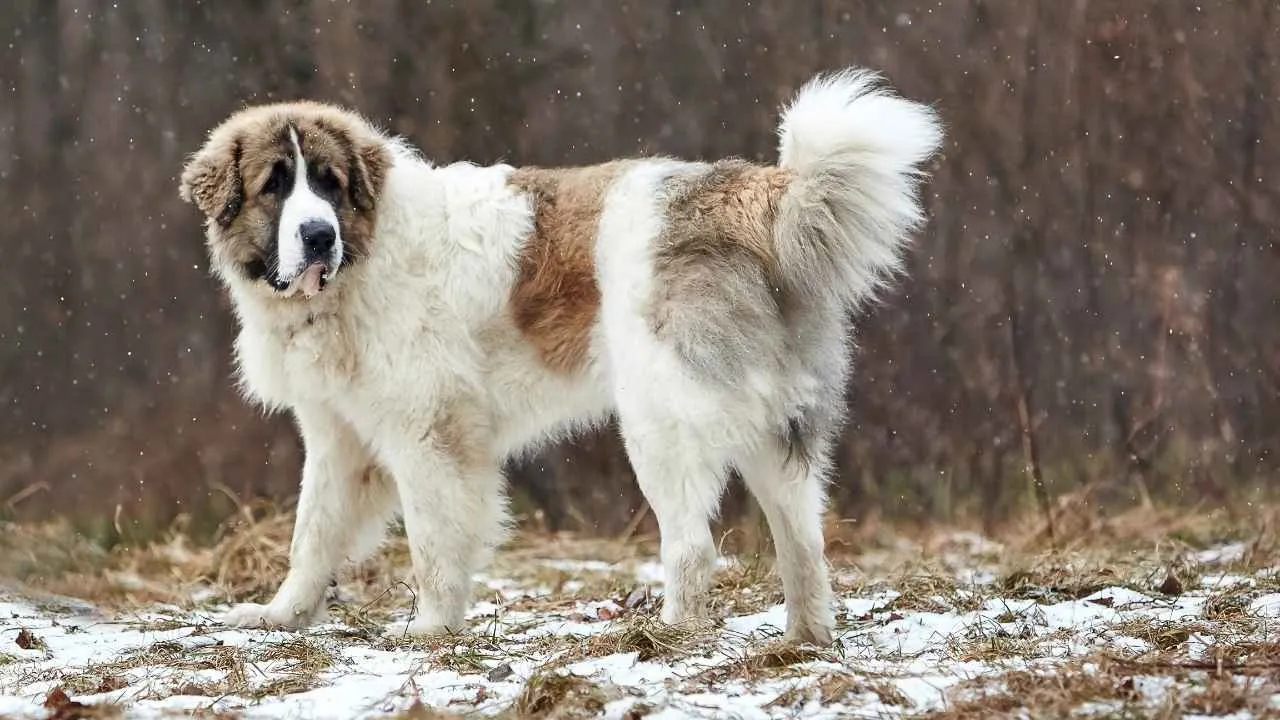
The Pyrenean Mastiff was once a formidable guardian in the rugged Spanish Pyrenees, keeping flocks safe from wolves, bears, and even human thieves. Bred for endurance and courage, it was trusted in areas where wild animals could strike without warning.
Courage with Measured Judgment
What sets this mastiff apart is not reckless aggression but its ability to gauge threats intelligently. It stands its ground firmly, yet spares its energy for real danger. Shepherds valued this balance, knowing the dog could repel a leopard in one moment and rest peacefully among children in the next.
Some qualities worth noting are:
Low prey drive
Distinguishes threats from friendly dogs
Deep, resonant bark as first line of defense

A Guardian That Welcomes Family
This breed’s loyalty extends beyond livestock to humans, offering gentle affection while maintaining independence. Families who keep them today often praise their steady temperament. They may drool like any mastiff, but their heart is as grand as their frame, protective without unnecessary hostility.
3. Akbash
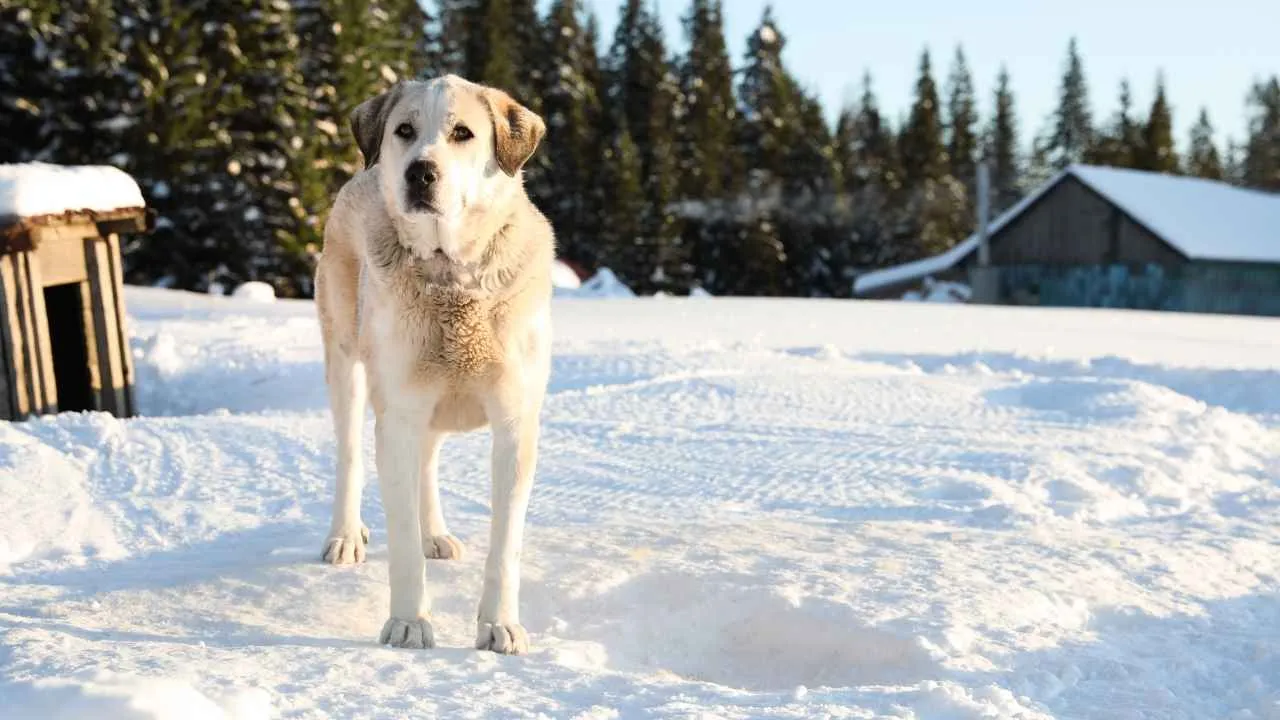
The Akbash dog developed in Turkey, where it guarded flocks across rugged landscapes often threatened by wolves and leopards.
Its calm and steady nature allows it to stay alert without wasting energy, watching silently until danger approaches. This patience makes it a powerful deterrent in open fields.
Built to Face Predators
With a blend of strength and agility, the Akbash can confront large predators head-on while also chasing down faster ones. Shepherds admired its courage, noting that it could read shifting threats and respond without waiting for commands. This independence was critical for survival in remote regions.
Some qualities that shaped its reputation include:
Speed suited for chasing agile threats
Strong frame able to resist forceful attacks
Steady nerves that prevent reckless behavior
Guardian With a Reserved Spirit
The Akbash forms bonds with its flock but remains aloof with outsiders. Its ability to separate affection from duty allows it to stay fully focused on its role. Farmers valued this composure, knowing their herds were watched by a protective dog without being unnecessarily aggressive.
4. Tibetan Mastiff

The Tibetan Mastiff emerged in the highlands of Tibet, where its role was to shield flocks from predatory cats and snow leopards. Its immense size, heavy mane, and piercing eyes created a natural wall of intimidation, as per UKC.
For nomadic herders, it was less a pet and more a living fortress against predators.
Courage and Vigilance
Generations of work shaped the Mastiff into a guardian that meets danger head-on. Its instinctive approach to threats allows it to act without hesitation or constant supervision. Herders still value their sharp sense of territory and the way they patrol the ground with quiet, watchful authority.
Its reputation for leopard defense rests on traits like:
Towering frame that deters predators instantly
A bark that echoes across wide valleys
Dense coat that withstands mountain climates
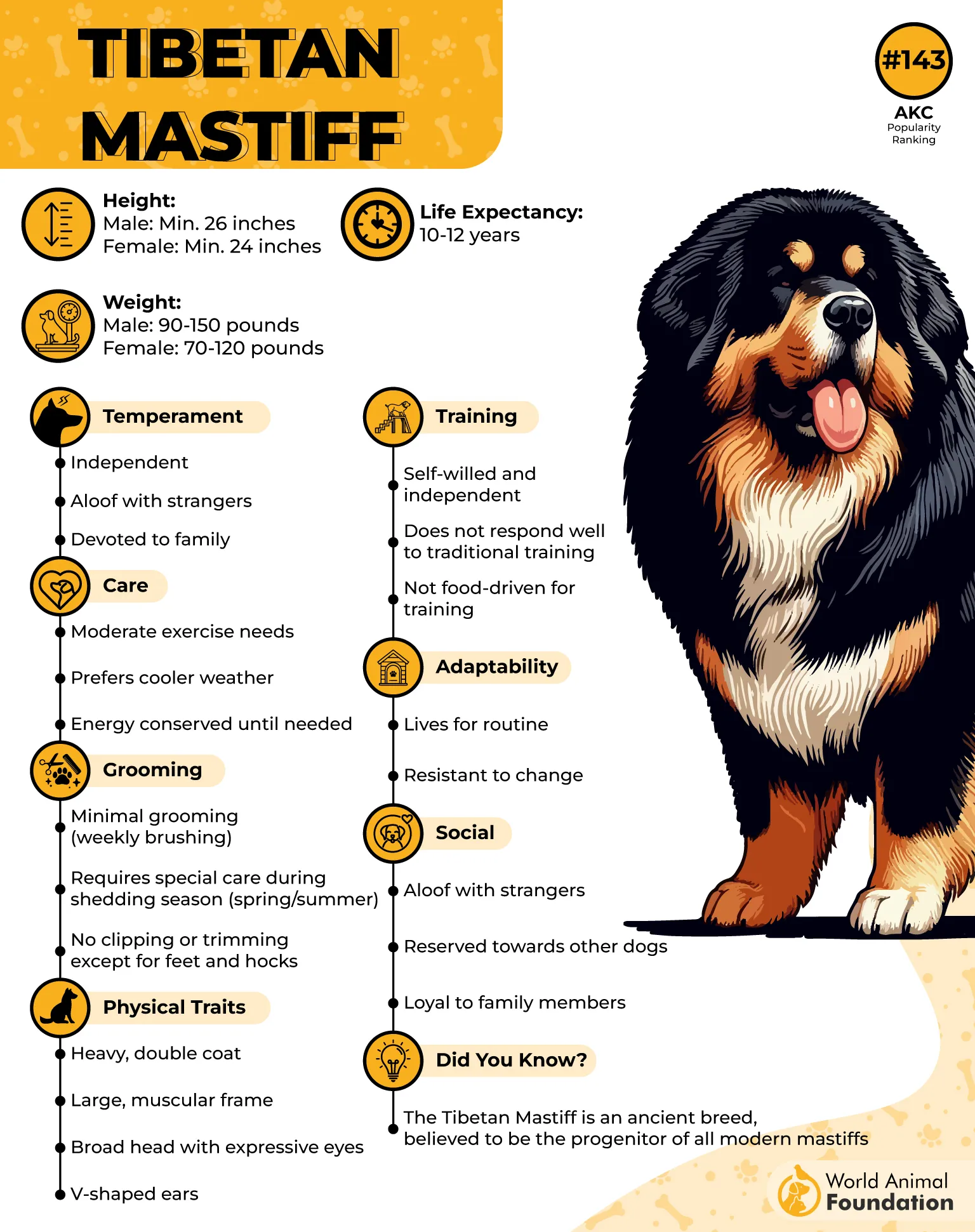
Independent Mindset
This dog is not wired for blind obedience but for calculated judgment. It decides when to rest, when to move, and when to engage, conserving energy for real threats. Farmers often praise its balance of patience and decisiveness, calling it a rare quality in guardians.
5. Great Pyrenees

The Great Pyrenees is renowned for its serene confidence, a quality that has long reassured flocks on steep mountain pastures. Shepherds trusted the Great Pyrenees to stay composed even when predators circled nearby.
That calmness could flip in an instant, turning into decisive action against leopards, wolves, or bears, as mentioned by the AKC.
Shepherd’s Silent Ally
Farmers admired how these dogs patrolled silently for hours, blending into the landscape with their snowy coats. Their independence meant they could be left to watch the herd without constant oversight. That quiet vigilance gave predators little chance to approach unnoticed.
Here’s how shepherds valued them in tough conditions:
Worked long nights with steady alertness
Blended visually with sheep in rugged terrain
Protected with presence before resorting to aggression
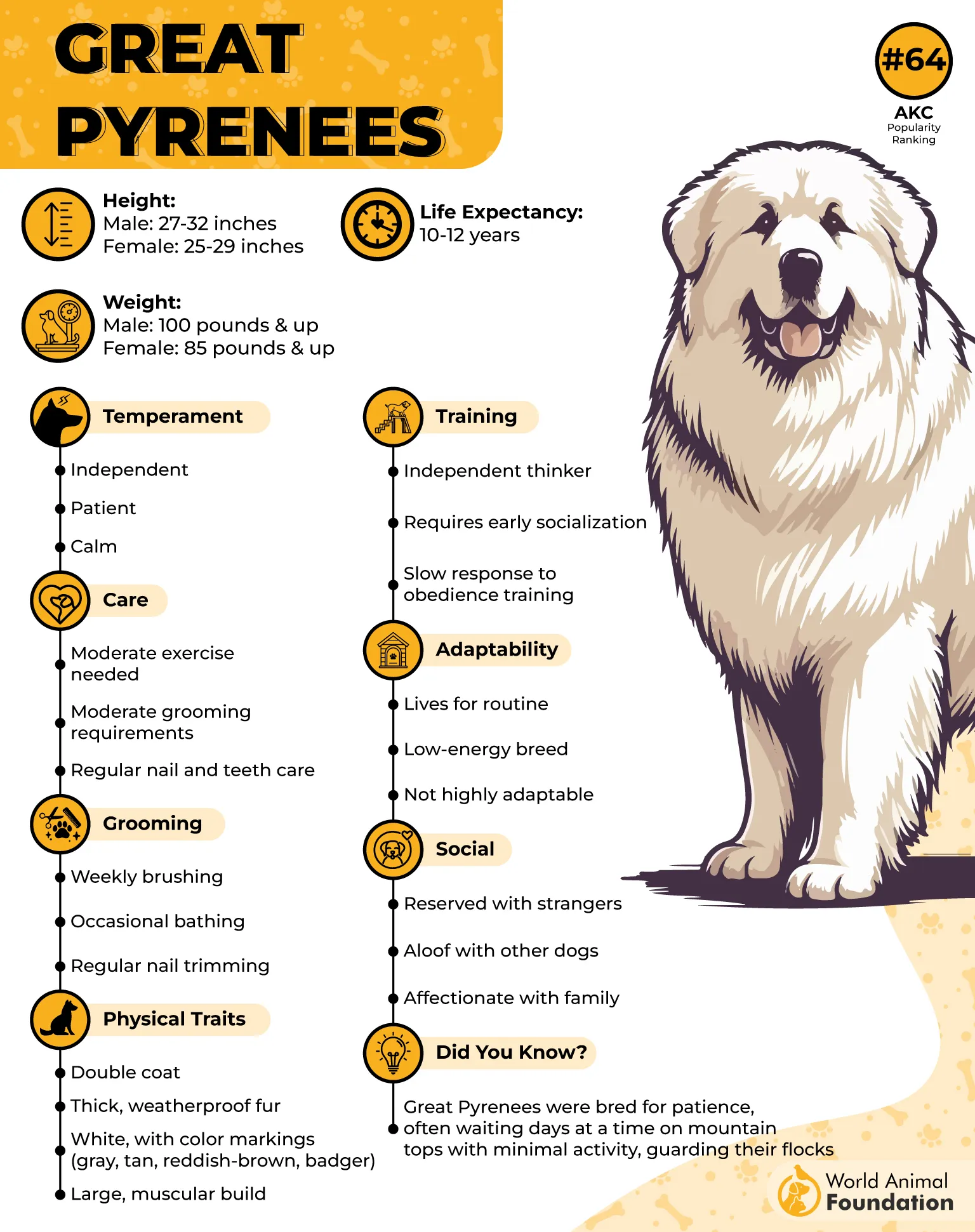
Fierce When Needed
Though naturally gentle with their flock, the Great Pyrenees could become fearsome when provoked. Centuries of breeding on the French-Spanish border shaped them into guardians that assessed threats before reacting. This made them equally capable of scaring off predators with a bark or confronting danger head-on.
6. Komondor
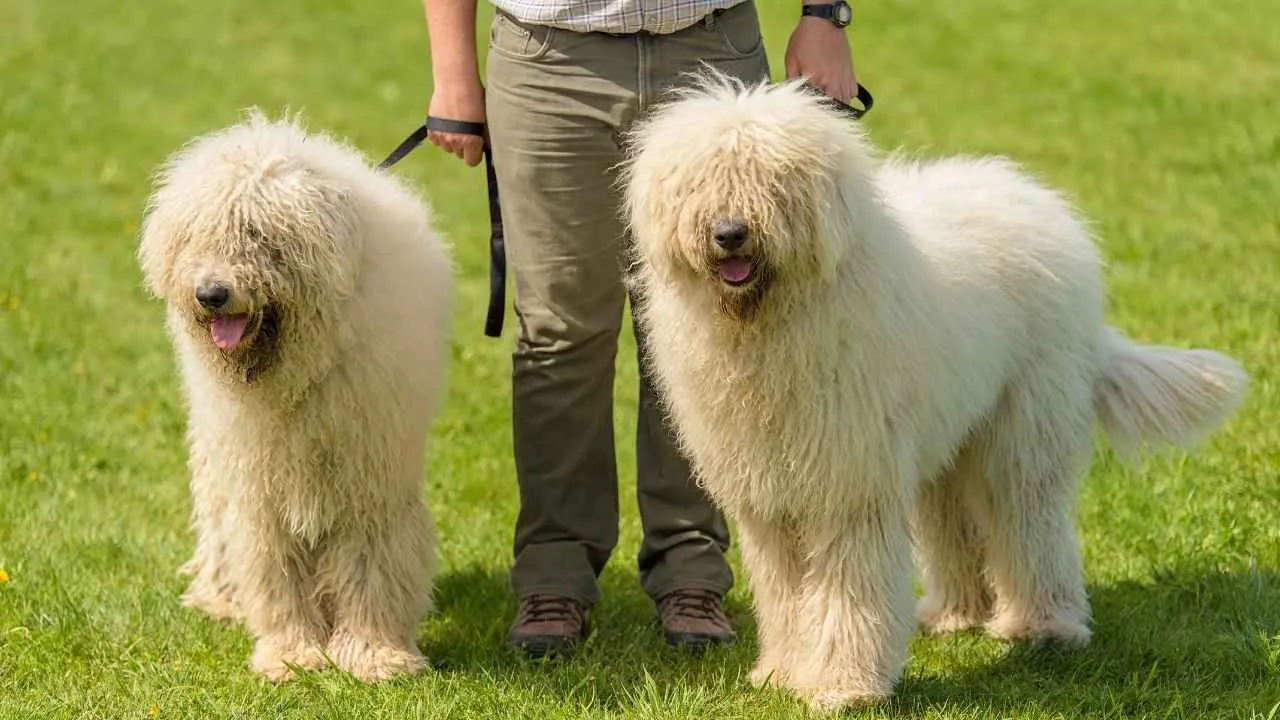
The Komondor has guarded Hungarian flocks for centuries, earning its reputation as one of the most steadfast livestock guardians. Farmers relied on its courage against predators, including wolves and big cats. Its sheer presence, paired with natural vigilance, makes it an intimidating deterrent to intruders.
Natural Camouflage in the Field
Komondor’s corded white coat blends in with sheep, allowing it to stay unnoticed until danger approaches. Beyond disguise, the coat shields against harsh weather and physical attacks. Shepherds appreciated this resilience, knowing the Komondor could face unpredictable threats without faltering.
A few reasons why shepherds trust the Komondor:
Maintains a close watch without straying from the livestock
Bold enough to challenge larger predators
Works independently across wide grazing lands

Deep Bond With the Flock
The Komondor is known for forming strong attachments to its sheep, often positioning itself where it senses vulnerability. It does not wander far, keeping a protective circle around the herd. This devotion gives shepherds confidence that their animals are never left unguarded.
7. Anatolian Shepherd
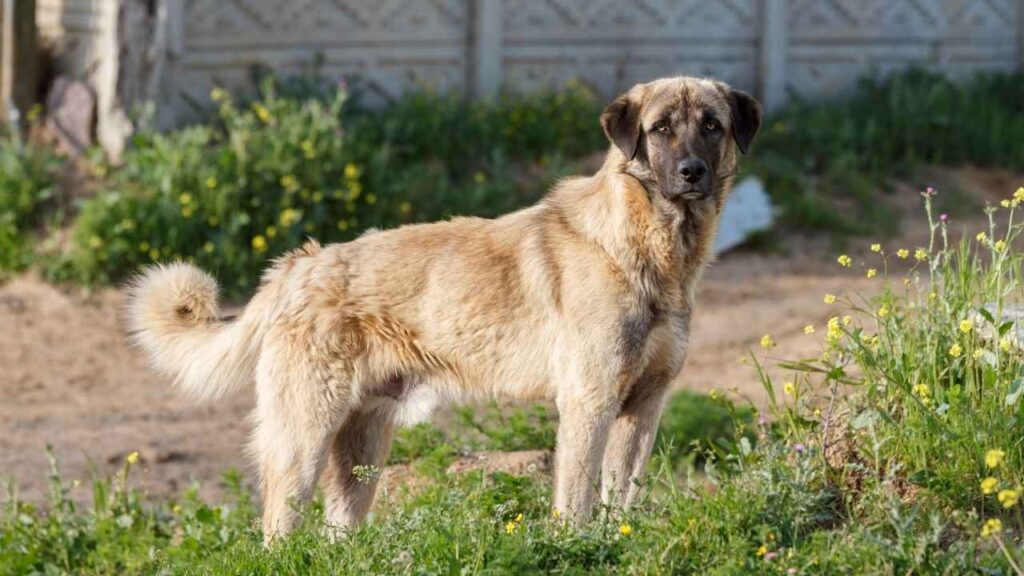
Shaped by centuries in Turkey’s vast plateaus, the Anatolian Shepherd dog carries an unmatched legacy of guarding flocks against predators. Its size alone discouraged leopards, while its patience kept herds calm. This dog’s presence was often enough to shift the balance between safety and loss.
Measured in Action
The Anatolian Shepherd doesn’t waste energy with noise or panic. It observes, decides, and reacts with precise force when danger closes in. Farmers respected its independence, knowing it would defend without waiting for direction or command.
Other aspects that supported its role:
Could patrol large open ranges with little human oversight
Developed thick skin and endurance to withstand harsh climates
Relied on a deep instinct to form a living barrier around livestock
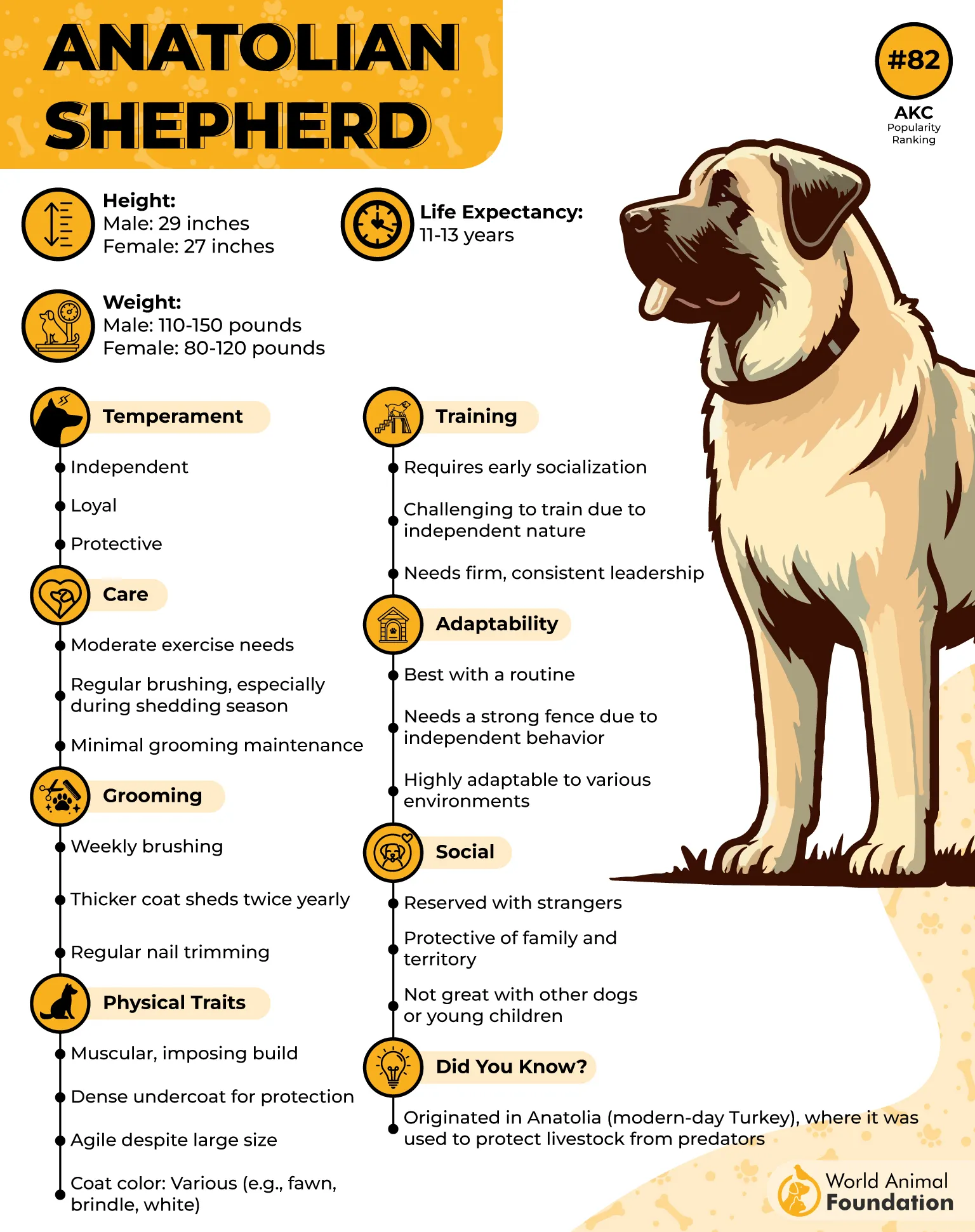
Bonds Forged in Duty
The Anatolian Shepherd treats its flock as family, blending into their rhythms and watching silently through day and night. It is less concerned with human praise and more committed to the animals under its protection. That steady devotion makes it one of the toughest guardians ever bred.
Conclusion
The story of these guardian dogs is the story of survival itself. Across generations, they stood against wild predators when no fence or weapon could promise safety.
Recognized by the American Kennel Club and celebrated in rural traditions, these livestock guardian dog breeds still hold their place in modern life.
Many of these protection dogs now live as wonderful family pets, carrying the same devotion that once defended herds from leopards. Their courage remains proof that protection is not only a duty but a bond between humans and animals that endures against all odds.


